Buy Dance (II) - Henri Matisse, 1909 as a reproduction on canvas, ArtFrame, poster and wallpaper, printed on demand in high quality.
About "Dance (II) - Henri Matisse, 1909"
About the artwork
"The Dance" shows five nude figures dancing hand in hand against a bright blue background. The painting emphasises movement, harmony and human connection. The simplicity of the shapes and intense colours make it a symbol of joie de vivre. The work, created in the Fauvist style, reflects Matisse's quest for expressive simplicity. It is one of his most iconic works.
Henri Matisse (1869-1954) was a French painter and sculptor considered one of the most influential artists of the 20th century. Born in Le Cateau-Cambrésis, he only began painting seriously at the age of 21, during his recovery from an illness. His early work reflected influences of impressionism, but he soon developed his own style. Matisse was a pioneer of fauvism, an art movement characterised by bright colours and expressive lines. His use of colour was revolutionary: he saw colour not only as a means of representing reality, but also as an emotional and artistic goal in itself.
In the 1940s, he developed a new technique, the "gouaches découpées" or cut-out art, with which he used paper shapes to create abstract compositions. These works, such as "La Gerbe," demonstrate his ability to create powerful images with simplicity. Combining joy, harmony and energy, Matisse's work has inspired generations of artists.
Old Master collections
Discover more Old Masters in the following collections:
 Netherlands
Netherlands Ordered in March 2022
Ordered in March 2022
 Netherlands
Netherlands Ordered in July 2019
Ordered in July 2019
 Germany
Germany Ordered in March 2021
Ordered in March 2021
 Germany
Germany Ordered in April 2023
Ordered in April 2023
 Germany
Germany Ordered in June 2025
Ordered in June 2025
 Germany
Germany Ordered in December 2019
Ordered in December 2019
 Netherlands
Netherlands Ordered in January 2024
Ordered in January 2024
 Germany
Germany Ordered in July 2019
Ordered in July 2019
 Germany
Germany Ordered in August 2025
Ordered in August 2025
 Germany
Germany Ordered in December 2019
Ordered in December 2019
 Germany
Germany Ordered in May 2025
Ordered in May 2025
 Netherlands
Netherlands Ordered in February 2024
Ordered in February 2024
About the material
Wallpaper
Make a statement with art on wallpaper
- Razor-sharp prints
- Easy to apply
- Big sizes possible
- Strong quality
Discover the Old Masters collection
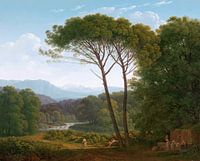 Italian landscape with pine trees, Hendrik Voogd
Italian landscape with pine trees, Hendrik Voogd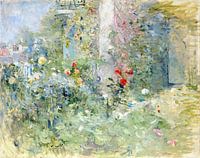 The Garden at Bougival, 1884 (oil on canvas)
The Garden at Bougival, 1884 (oil on canvas) A Amsterdam street scene - Adrianus Eversen
A Amsterdam street scene - Adrianus Eversen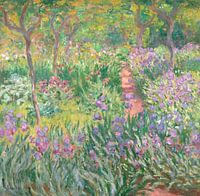 The Artist’s Garden in Giverny, Claude Monet
The Artist’s Garden in Giverny, Claude Monet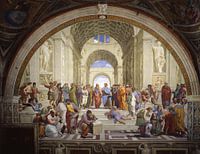 The School of Athens, Raphael
The School of Athens, Raphael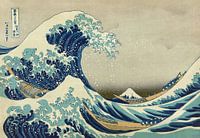 The great wave of Kanagawa, Hokusai
The great wave of Kanagawa, Hokusai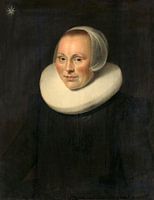 Portrait of a woman, anonymous - 1633
Portrait of a woman, anonymous - 1633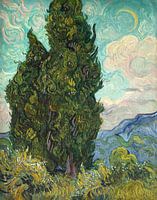 Cypresses
Cypresses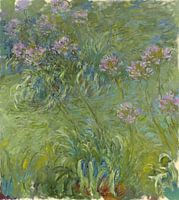 Agapanthus, Claude Monet
Agapanthus, Claude Monet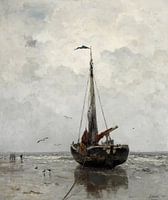 Jacob Maris - Fishing boat
Jacob Maris - Fishing boat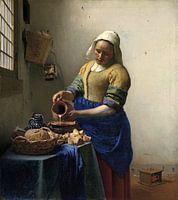 The Milkmaid - Vermeer painting
The Milkmaid - Vermeer painting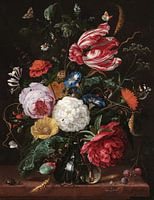 Flower arrangement, Jan Davidsz. de Heem
Flower arrangement, Jan Davidsz. de Heem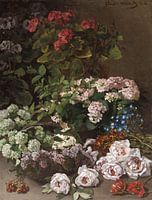 Spring Flowers, Claude Monet
Spring Flowers, Claude Monet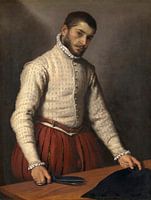 The Tailor, Giovanni Battista Moroni
The Tailor, Giovanni Battista Moroni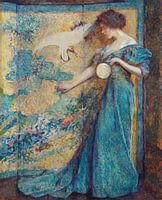 The Mirror, Robert Reid
The Mirror, Robert Reid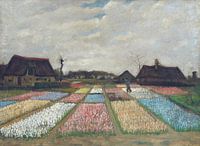 Vincent van Gogh. Flower beds in Holland
Vincent van Gogh. Flower beds in Holland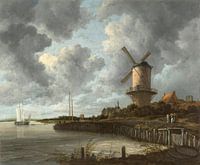 The mill at Wijk bij Duurstede, Jacob Isaacksz. van Ruisdael
The mill at Wijk bij Duurstede, Jacob Isaacksz. van Ruisdael Vincent van Gogh. Olive orchard
Vincent van Gogh. Olive orchard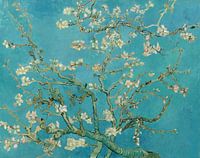 Almond blossom painting by Vincent van Gogh
Almond blossom painting by Vincent van Gogh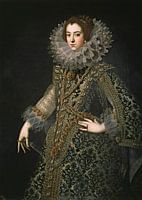 Queen Elizabeth of Bourbon
Queen Elizabeth of Bourbon



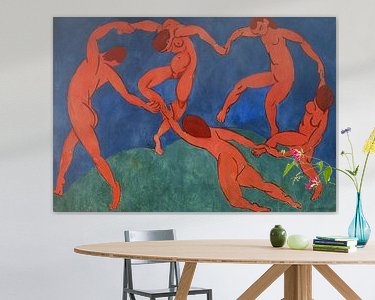


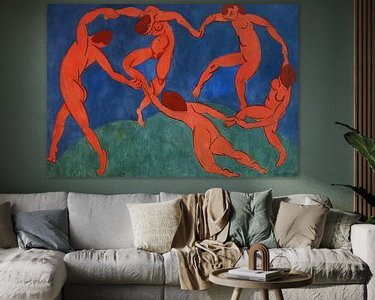




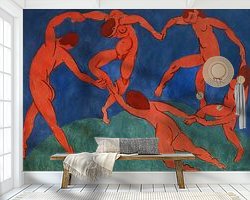

 Dance
Dance Fauvism
Fauvism Henri Matisse
Henri Matisse Modern
Modern Music
Music Post-impressionism
Post-impressionism Serene Peace
Serene Peace









